At the beginning, they always advise. No story should start otherwise.
You can see there wasn’t much of a garden. There’s the one strip of white flowers from the corner of the house to that telephone pole and some wisps of foliage against the house.
We bought our home, a typical 1952 ranch home, about 10 years ago in the mid-aughts. The house and garden were a bit of a time-capsule when we bought it, sea-foam green and endless lawn, with foundation shrubbery in nauseating tones of pink and gold. 47 years later you can still see the slight ridge between lawns, the ghost of an ancient flower bed.
Fortunately, most of these plants died promptly.
Er, maybe they had some help [Video]?
I should give the previous owners a little credit; the vegetable garden was lush and the soil so friable I could stick my arm into it up to the elbow. But there was a lot of pink.
The New Garden Owner’s Golden Rule
was inadvertently followed. I actually disagree with waiting a full year to start work on your garden; but in this case, there was so much to do to update the house, and with an 18 month-old at home, and another one that soon followed, life was busy. So we lived with a garish garden, awkward paths, and lawn, endless lawn.
I then proceeded to spend a few pointless years rearranging the compost pile, and working on the vegetable garden (well, basically you start over every year, and it never really looks better) before deciding to build a chicken coop (for the compost, right?). I laid stone paths to make the layout more sensible. Losing almost half of the vegetable garden space was totally worth it to make it wheelbarrow-accessible.
Nothing spectacular was learned, just churning along thinking about grander things, fixing up the house and basically plodding forward. At some point, we settled into the place. After 10 years of “almost moving”, jobs and schools have really tied us here and we seem finally ready to stay awhile.
Turf Wars
So without getting approval from the children I removed their soccer-field. It wasn’t particularly lush, just a weedy lawn that was good for frolicking. Brown in summer, soggy in winter. Meh.
One reason we bought this place is its conspicuous lack of trees. Shocking, I know! A garden without trees! But after growing up in the Pacific North-wet, truly understanding 300 days of grey, we needed sunlight. And, by choosing this open space, I knew I wanted to do some real bleeding-edge-of-drought-tolerant garden design.
Beth Chatto, Piet Oudolf and Tom Stuart-Smith are my inspiration.
But throw in some Linda Cochran, a zone-pushing water-wise-wonder, Saxon Holt‘s Summer-Dry evangelism, and you’ll see where I’m going. However, it’s not just summer-dry, we have some serious winter-wet.
Clay feet
Of course, Beth was making do with the soil conditions she had. I cheated and brought in 15 yards of sandy top-soil to overlay my clay foundation. I knew I need the fast-draining soil to grow these sun-lovers, so I raised the front by 6-8 inches, built a fence to create a visual barrier, enlarged a front-door patio, laid out a gravel patio/parking pad, and started planting.
The south fence runs right along the original flower bed from 1952. Fast forward another year, and you’ll see the failed cut-flower farm attempt before I got serious about turning it into a drought-tolerant showpiece.
Infrastructure
The first order of business was the enclosure, and it took a while to decide on the fence. I really like the stylish hogwire-framed fencing, but the expense of the panels was too high. I settled on post-and-rail from the feed-store, but of course they were too tall with three rails, and you can’t just cut off the bottom two feet to make it fit. Every post had its top and bottom ends removed and shaped. Naturally, some of the rails were too long for the space, so I had to shorten and whittle new pegs to make everything fit. Because I was stubborn and insisted on all-organic, these posts are stained with an almost non-toxic stain, and are encased in gravel; no concrete to leach anything. I feel comfortable growing and eating food from this space.
Next I needed height, and was inspired by Mark Dwyer’s Rotary Botanical Gardens and their impressive Tuteurs:

And they are too expensive to buy, so I built one:

Always about the plants
I then added additional height with the Eremurus bulbs, and started filling in with lots of Narcissus, Tulips and Allium. I added Crocuses to my lawn, and this year I’ll be adding Brodeia. Finally, I started filling in with hardy annuals, perennials, and grasses, most of which are from seed or cuttings.

That’s all for now, but I hope you can see where I’m going as I continue to push the edge.
Save
Save
Save
Save
Save
Save
Save
Save

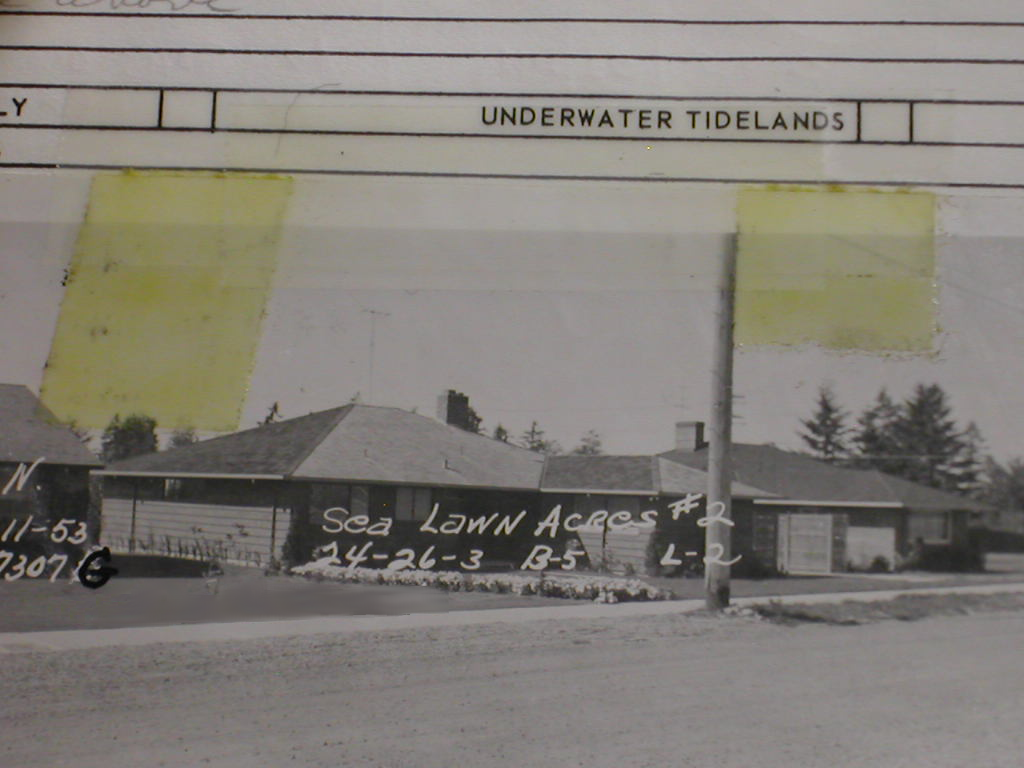

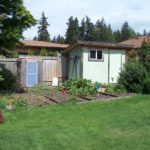




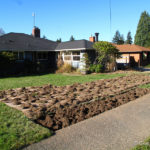
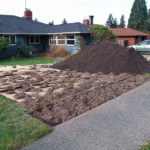
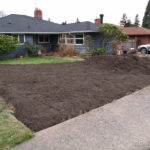
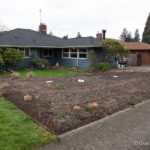
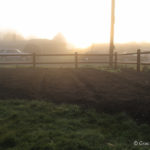
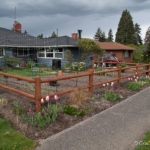
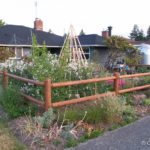
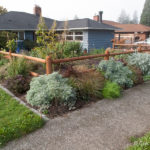
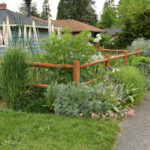
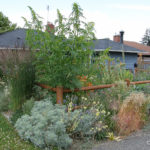
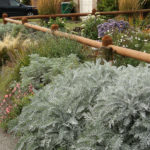

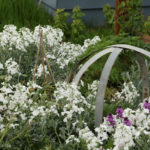
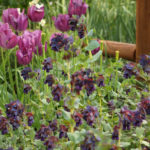
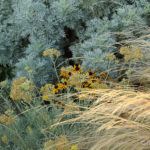
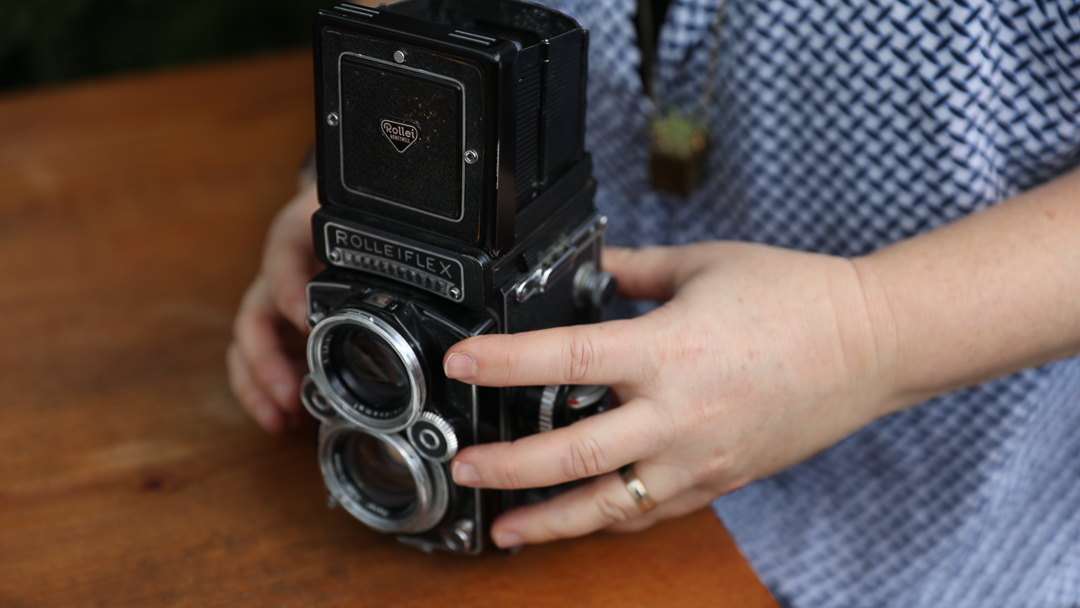

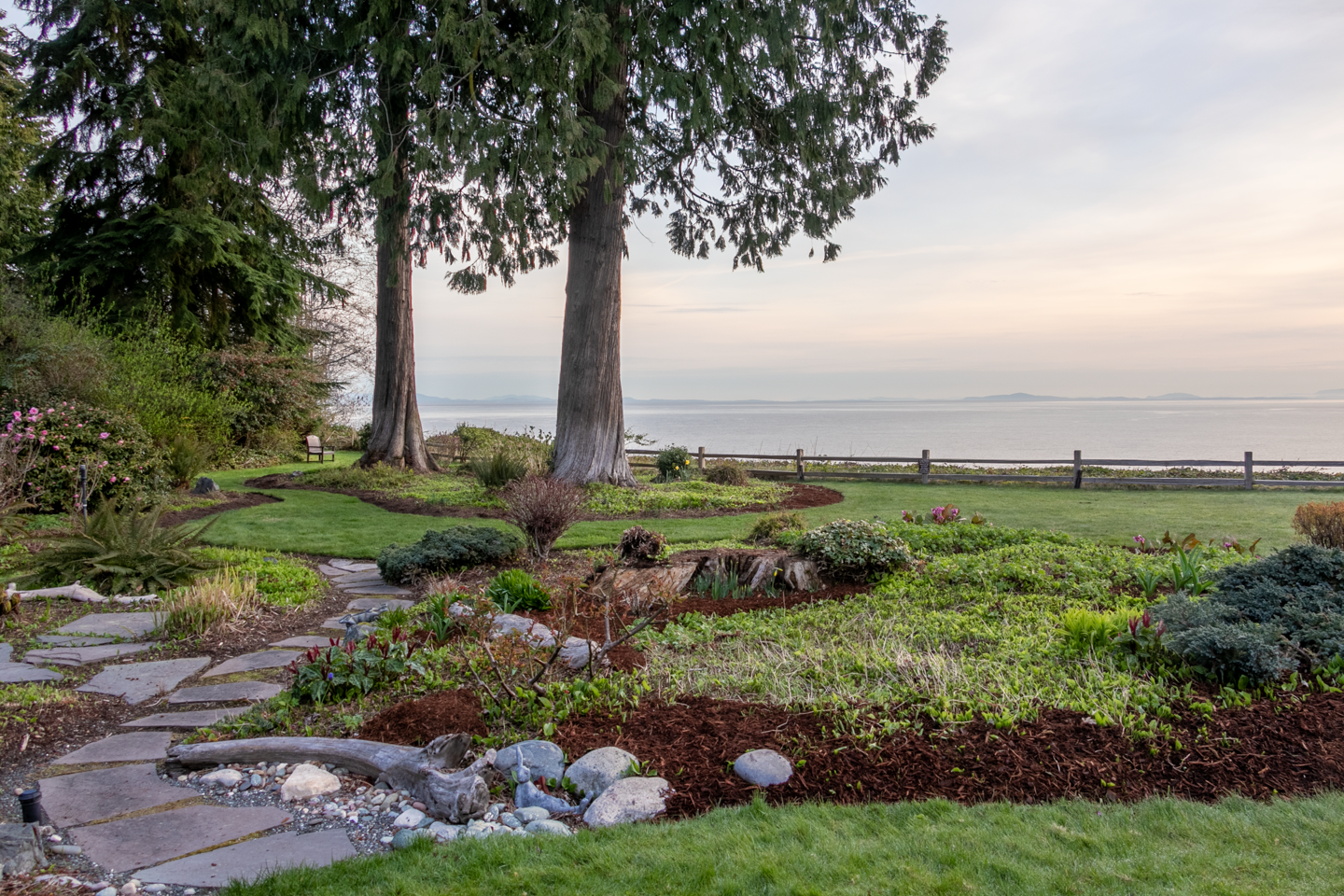






6 Responses
You have done a great job. Much to be proud of.
Thank you Ed! For many years I didn’t start because I always felt like we were going to move away.
I love reading about a garden’s transformation, having done a few over the years (for a quick re-sale rather than what I would actually like). Well done you and I can certainly see why the Rotary Botanical Garden would be an inspiration. Stunning. Dave
So interesting to see your transformation and the planting is wonderful. Thanks for visiting my blog and leaving a comment – I look forward to seeing more of yours.
That really is a transformation. You have a great eye for colour, but also for texture and form. That Stipa, Helichrysum, Artemesia combo is just stunning.
Thanks! And it’s not pink!!!